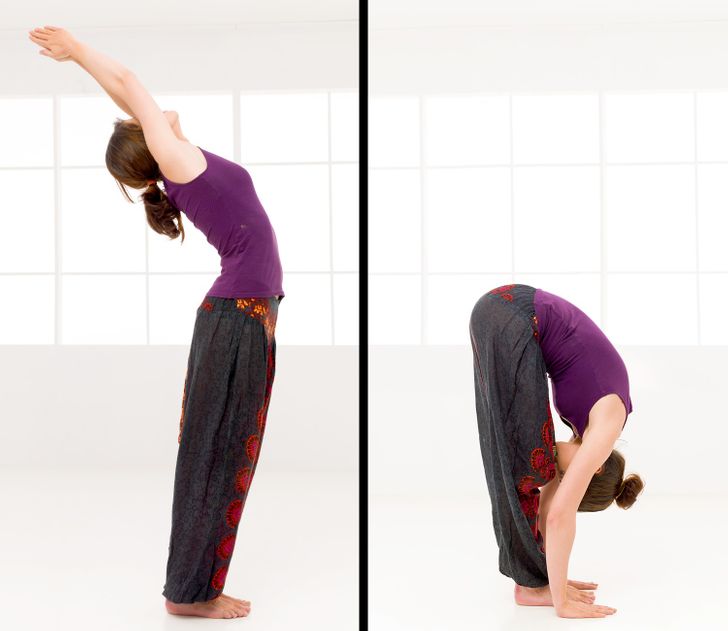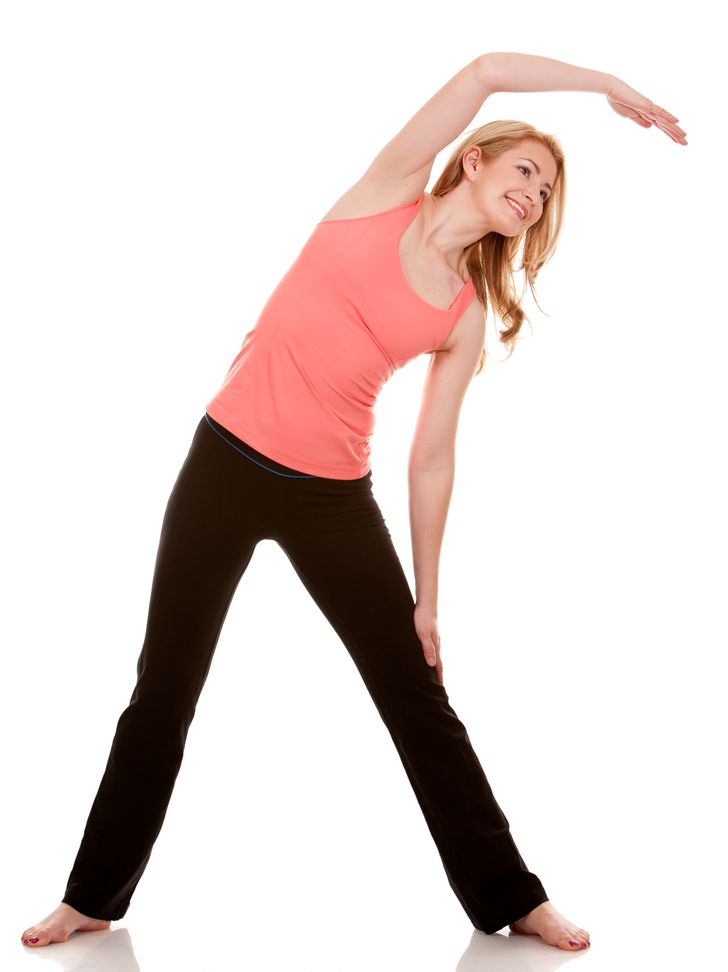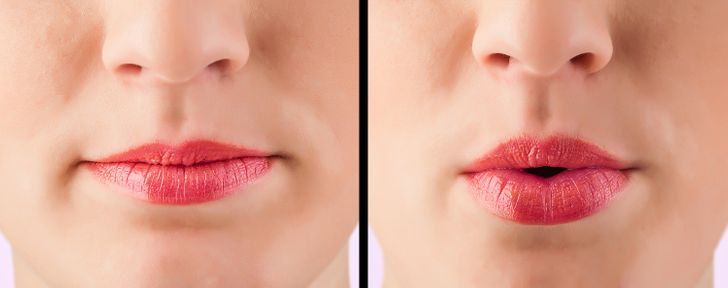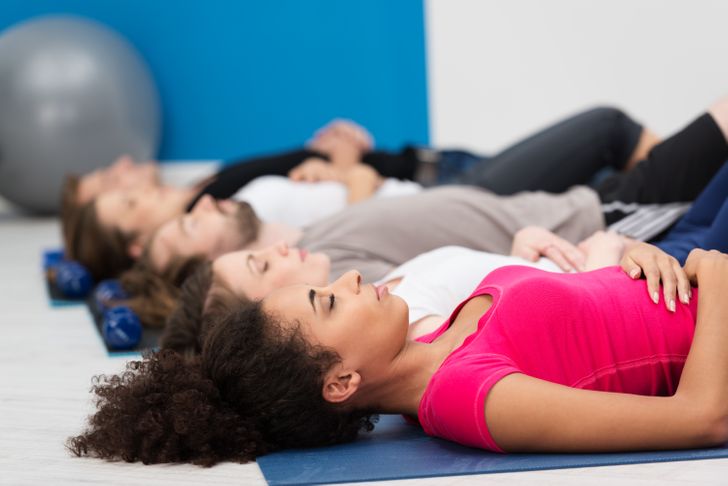I have polymyositis, been also Diagnosed with pulmonary fibrosis, and I'm on oxygen at this time. I'm on prednisone, a very high dose! I'm taking a shot three times a week plus I'm to go in once a month to the hospital to give my immune system a boost of new cells. This year my family decided to try natural herbs. Three months ago my son ordered two bottles of IPF herbal remedy from Best Health Herbal Centre, which I only used for six weeks and the result was extremely marvellous. No more use of oxygen, stopped taking prednisone, my lungs function was back to normal and my IPF was completely reversed. Thanks to Best Health Herbal Centre, I will never stop sharing my testimony till the whole world know about this wonderful IPF herbal remedy and Am so happy to see myself living IPF FREE…
Contact Best Health Herbal Centre via their website w ww .besthealthherbalcentre .c om
9 Natural Ways to Cleanse Your Lungs
Our lungs serve as a natural filter that protects us from various infections and air pollution, which is why healthy lungs play a very important role in a happy life. Unfortunately, our respiratory system may suffer because of the harmful substances in the air that we breathe every single day. A dry cough, chest pain, and shortness of breath — all of these can be warning signs of serious lung diseases, such as asthma, chronic bronchitis, a pulmonary embolism, and many others. If you’ve recently noticed at least one of these signs, it’s best to take immediate action.
We at Bright Side gathered a list of natural and simple ways to keep your lungs healthy and to restore them after exposure to damaging factors.
9. Elevate your head while sleeping.
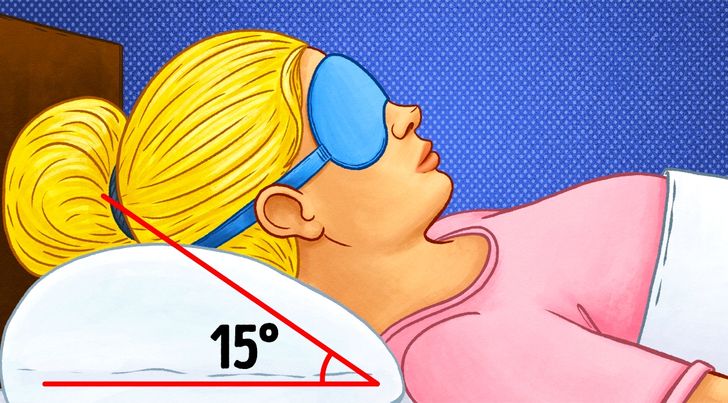
By keeping your head elevated at 15 degrees while sleeping you can reduce mucus drainage into your throat and thus prevent night coughing. One extra pillow can be enough to achieve the required elevation.
8. Ask a friend to help you loosen up the phlegm in your lungs.
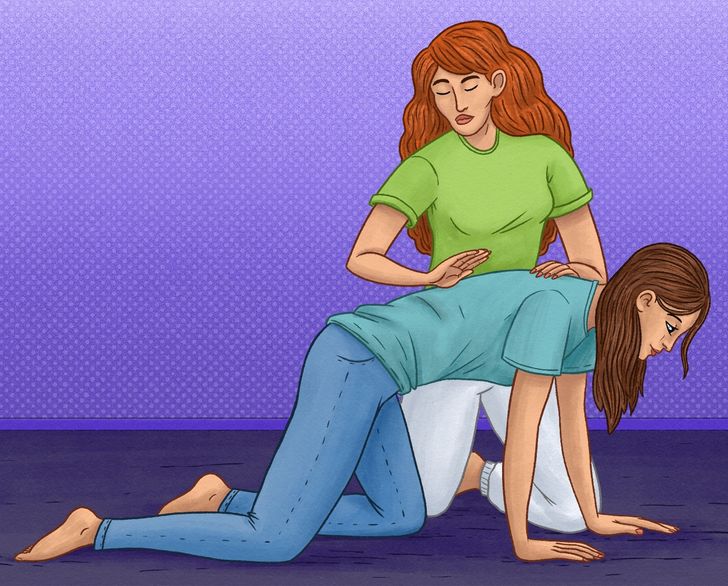
Ask a friend to tap your back with their hands in cup shape. They should start tapping firmly on the upper-middle section of your back. This can help loosen the mucus in your lungs so you can cough it out.
7. Clean your house.
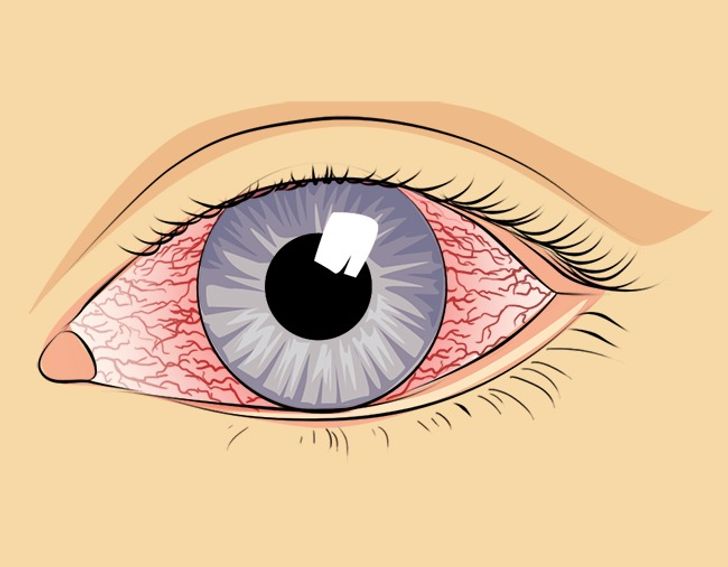
Sometimes serious lung diseases can be provoked by exposure to toxic mold, which needs only a few simple nutrients and water to grow. Exposure to mold can trigger such symptoms as inflammation, allergies, and asthma attacks.
In order to breathe without difficulty, you need to create a safe place for your lungs by cleaning every corner of your home in good time, and by using a special air purifier.
6. Protect your lungs from pollution.
If you live in a highly polluted area, you should protect yourself from harmful gas in the air around you. When you go outside, always wear a special mask. You can buy one with a filter made of active carbon or charcoal. There’s also the more sophisticated P100 Particulate Filter for the highest level of respiratory protection.
5. Don’t suppress coughing.
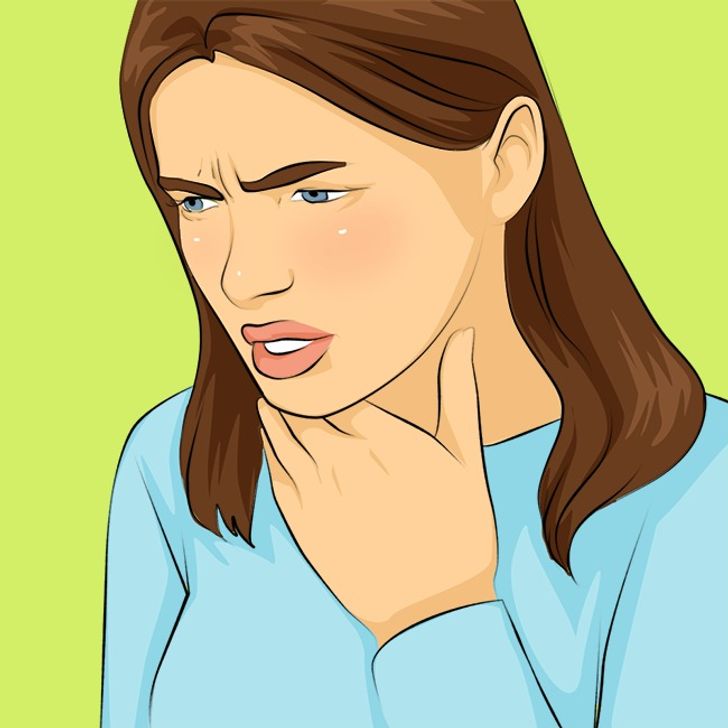
Coughing is a natural process that helps your lungs to get rid of mucus when you have a cold or the flu. Suppressing a cough can cause the serious progress of an infection. So next time, try to use cough suppressants only when you feel significant discomfort or you can’t stop coughing without them.
4. Follow a healthy diet.
Certain foods contain a lot of vitamins and minerals that can protect your lungs without you having to take additional pills. Here’s some advice on how to change your eating habits:
- Switching to a healthy diet will help you avoid the risk of diseases like lung cancer, chronic bronchitis, and emphysema.
- If you can’t switch to organic foods completely, try to avoid products containing preservatives and additives as well as prepackaged and processed foods. Carefully check food labels at the supermarket before buying anything.
- Don’t forget to drink the necessary amount of water every day. It will help you to keep your lungs hydrated and free from mucus, and it will also make blood flow easier.
- Don’t take beta-carotene supplements if you smoke, as they may increase the risk of colon, lung, and prostate cancer.
3. Do some simple exercises.
Physical exercise is important not only for looking good but also for your internal organs’ health since it helps to increase blood flow and allows the necessary vitamins and minerals to reach your lungs faster.
If you have some problems with your lungs or with breathing, consult a doctor before doing any new exercise routine.
The Chinese exercise
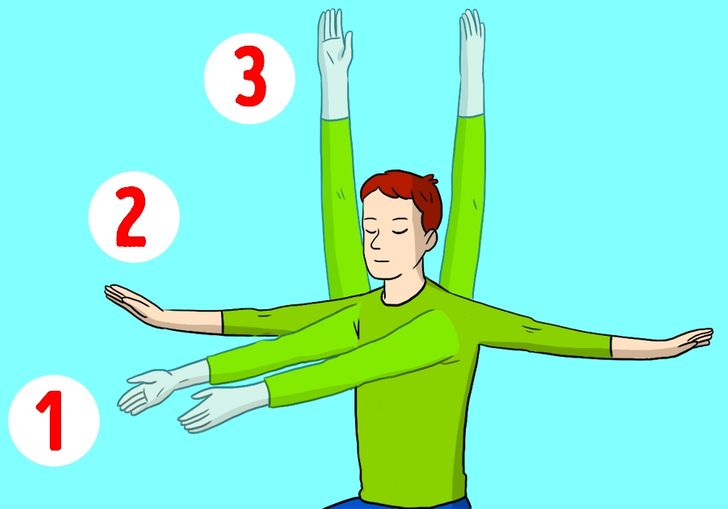
The initial position: sitting in a chair or on the floor
- Inhale while lifting your arms and placing them in front of you. Breathe out.
- Inhale while moving your arms to the side and keeping them at shoulder level. Exhale.
- Inhale while lifting your arms up over your head. Exhale.
- Return to the initial position.
Pushing out
The initial position: standing straight on the floor with your feet close together
- Bend slowly downward as far as you can.
- Push out as much air as possible from your lungs.
- Return to the initial position. Inhale.
Attention: Don’t do this exercise if you have lower back pain or pain in the back of one leg.
Side bend
The initial position: standing straight with your legs shoulder-width apart
- Take a deep breath.
- Lift your left arm over your head, and slowly bend your body to the right side while breathing out.
- Inhale while returning to the initial position.
- Repeat with the other side.
2. Breathe properly.
The way you breathe is directly connected with your good health. As a rule, the stronger your lungs are, the better you feel.
To increase the amount of oxygen in your lungs and to improve your ability to release the carbon dioxide from them, you can do some breathing exercises.
Pursed lip breathing
- Breathe in through your nose for 2–3 seconds.
- Slowly breathe out through pursed lips for 4–9 seconds.
This exercise can also help you to effectively manage an asthma attack and calm yourself down.
Diaphragmatic breathing
The initial position: lying flat on your back
- Put one hand on your belly and the other one on your chest.
- Breathe in through your nose for 2–3 seconds by moving your belly outward.
- Breathe out through pursed lips by softly pressing on your belly for 3–4 seconds.
Duration: 5 minutes
Although people don’t normally use this kind of breathing, it can help you to increase your lung capacity and make them stronger.
Humming breathing
- Take a deep breath through your nose.
- While you are breathing out, make a humming sound.
This kind of breathing can help you to make your diaphragm stronger. In addition, your lungs will get more oxygen.
The initial position: comfortably sitting on the floor in the padmasana pose. Your hands are placed on your knees with the palms upward.
- Lift one of your arms, and close one nostril with a finger. Inhale deeply.
- Close the other nostril, and exhale.
- Breathe in through the same nostril you just exhaled through.
- Close the other nostril, and breathe out.
Duration: 3 minutes for beginners, 15–20 minutes for more experienced practitioners
1. Use acupressure.
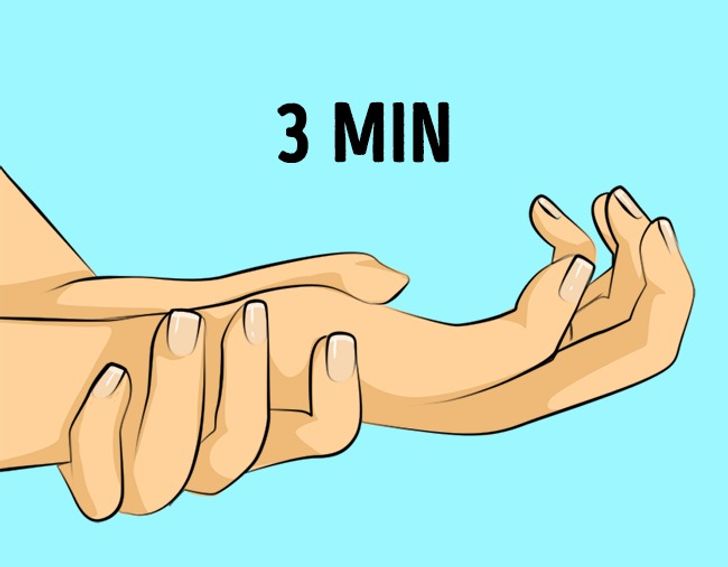
According to the acupressure points guide, there are some points on your body that can provide relief from breathing problems and coughing. One of them is located at the base of the thumb. Press this point firmly for 3 minutes to see the results.
Which of the tips do you find the most effective? Do you know other ways to make our lungs healthier? Share your ideas in the comments!
Comments
ok...
Dear i need this medicine. Can anyone guide me there. I have tried to open best herbal website but it didn't open.
Related Reads
20 Times People Decided to Add a Little Twist to Their Day

16 People That Just Wanted to Change Something About Their Looks but Failed

My Husband’s Family Treats Me Like a Servant — I’ve Had Enough

I’m Done Babysitting My Sister’s Kids After She Publicly Humiliated Me

I Spent Years Saving for an Engagement Ring, and It Vanished Without a Trace

I Refuse to Be Humiliated Just Because I’m Poor

12 People Share True Events That Marked Them Forever

16 Disturbing Wedding Stories That Quickly Ended the Relationships

I Refused to Attend My Son’s Wedding And Instead Spent the Day With His Ex-Wife

14 People Talk About Strange Things That Happened to Them That Can’t Be Logically Explained

16 Supermarket Stories That Have an Unexpected Twist

I Refused to Split My Son’s Inheritance With My Other Son

